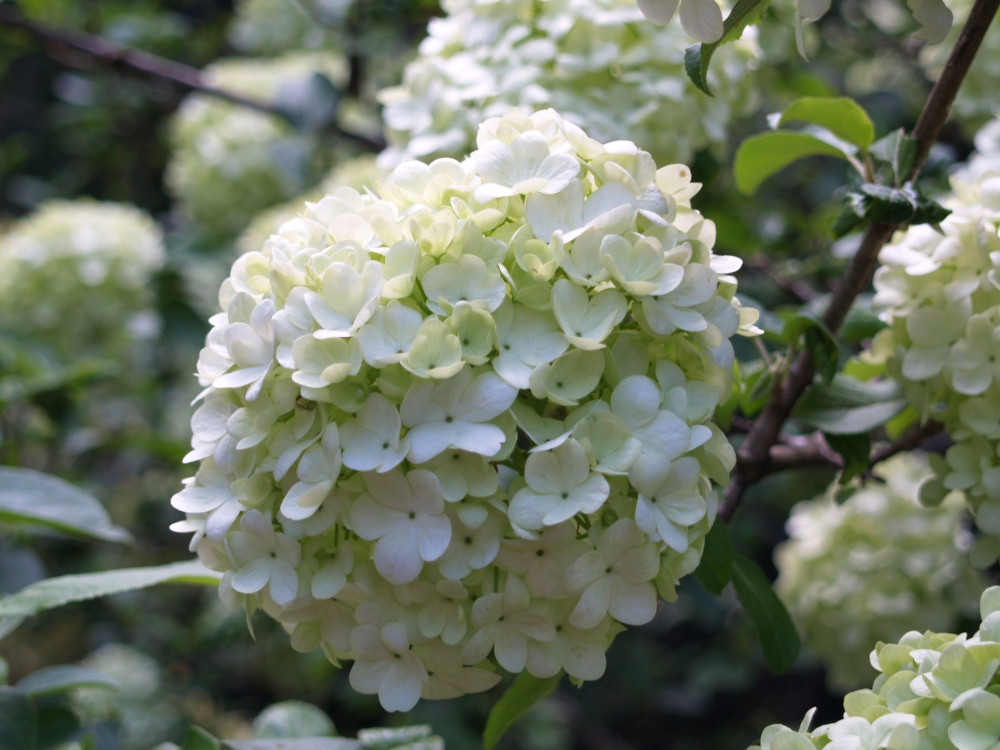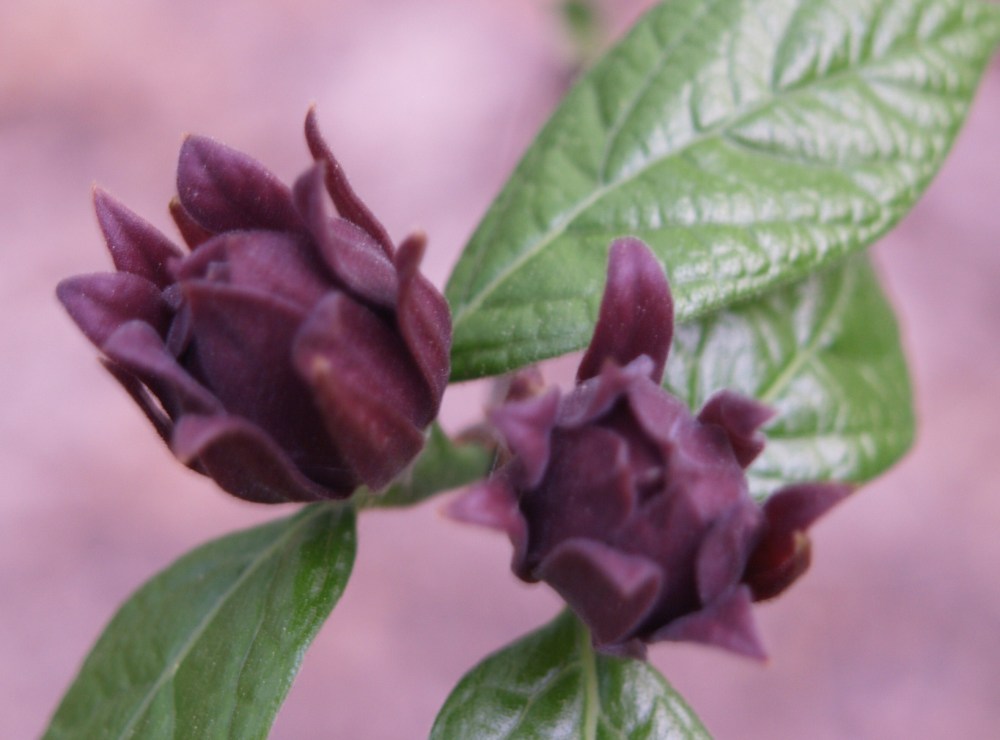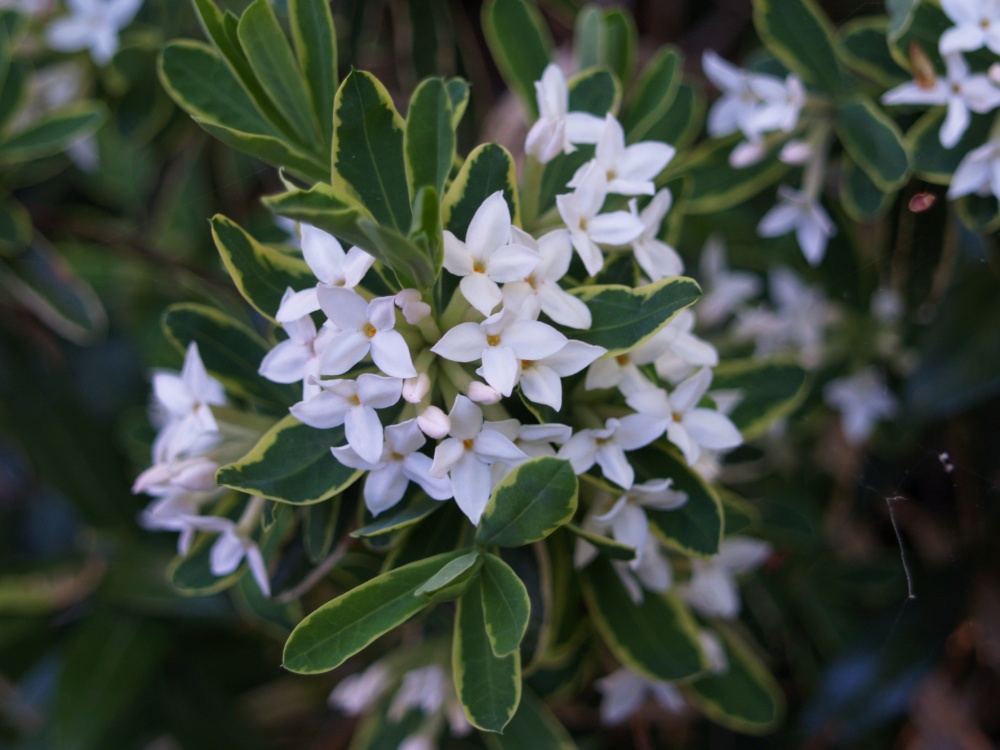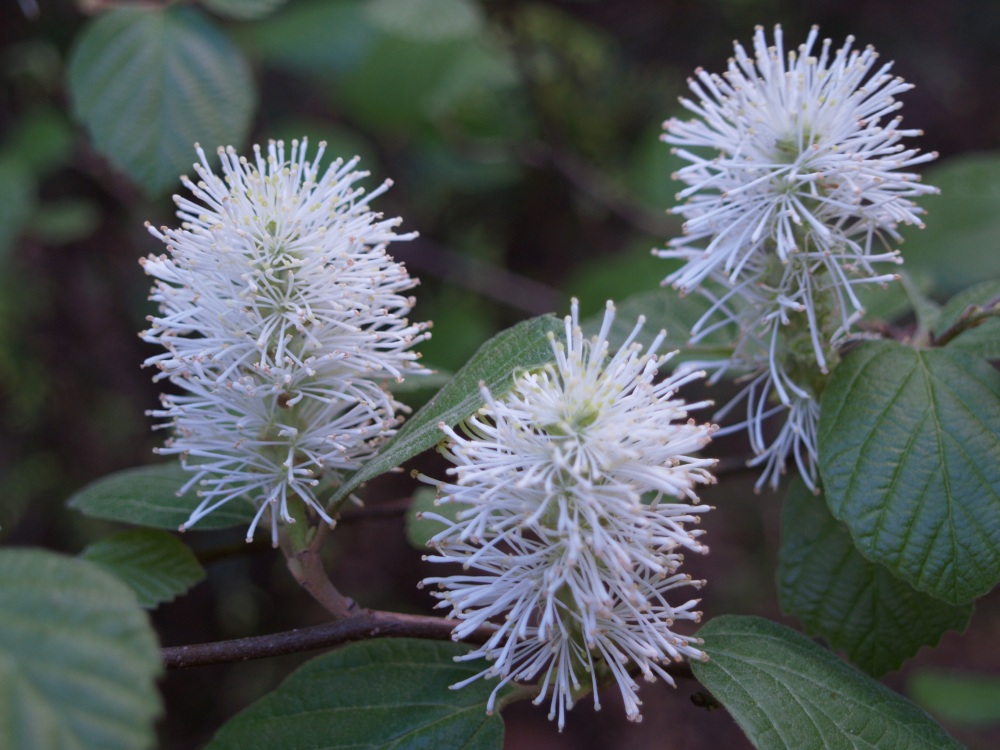I should not be surprised by the cool temperatures on this week’s end that are not cold, but are a dramatic change from the delightful seventies we’ve had for much of the past several weeks. The weather in the mid Atlantic region in March and April is “variable”, which is to say that there can be snow one day and eighty degrees a few days later.
The temperature swings have not been so erratic this spring, but the eighty degree days, and a few in the nineties (very unusual in April) have quickened the cycle of bloom so that some of the early flowering trees (dogwood, above) faded in half the time that is typical, and others were hurried into bloom. And with cooler temperatures, but not so cold as to injure the flowers, we are in the midst of one of the miraculous periods when some of the early, the mid, and the late converge to bloom simultaneously.
A few days past I featured the flowering trees from my garden, and not to drone on too much about them, but I believe that small flowering trees are the anchor of the garden. They are properly used as focal points, as centerpieces around which shrubs and perennials are placed. While I have seen exceptional gardens without a flowering tree (or a Japanese maple as an alternative), for most of us unburdened by a genius for design it is simply easier to create a pleasing garden design if we place a dogwood or redbud, a serviceberry or fringetree, any of the upright growing Japanese maples, a crapemyrtle, or any of a dozen other superb choices, and then add flowering shrubs and perennials in the gaps between trees.
There are many fine shrubs blooming in the garden in mid April, some that are on schedule and others early by a week or two. The fragrant viburnums are nearly past bloom, their sweet scent not so obvious now with only a few remaining flowers, but the scentless Chinese Snowball (Viburnum macrocephalum ‘sterile’, above) with huge white pom-poms is beginning to bloom, first with a tint of green and slowly turning completely white. The shrub is large, lanky, and awkward after bloom, and I’m quite certain that it would benefit from a hard annual pruning, but I am not apt to keep up with those type chores regularly, so in my garden it could forever be large and lanky. I don’t know if I will be able to ignore this task for much longer since I was notified by my wife more than a year ago that pruning this monster blocking the library windows was a priority, but the shades are usually drawn on those windows, so what is the harm in blocking them? (As a side note, I have found that my arguments are more persuasive in writing than in reality, and I’m certain that I will be chopping this viburnum in half after this year’s blooms fade.)
Just below the Chinese Snowball are several (probably closer to ten, or more) spring blooming camellias (above), a few recently planted, and others nearly recovered from several years of browsing by our neighborhood deer. Since I have begun spraying the deer repellent the camellias (and aucubas and hostas that were particularly devastated along with the camellias in this part of the garden) have not been bothered at all, and now that they will have a second year of growth I will expect that they should begin to grow lush and full again. Certainly they have an established root system, for the deer do not nibble below ground, so growth this season should be substantial. I prefer the fall blooming camellias, since they flower when little else is, but the blooms of the spring camellias are so beautiful and of course they cannot be faulted for flowering when so much else is.
Nearby the fragrant Sweetshrub (Calycanthus floridus, above) grows, and though I don’t recall ever experiencing its scent (by some twist of fate my sense of smell seems only to capture the sweetest and most foul scents and none in between) I am fond of its unusual reddish-brown flowers that are hardly attractive in the fashion of traditional flowers. In visits to the University of Georgia while my son was in grad school I enjoyed the yellow flowered variety ‘Athens’ at the school’s outstanding arboretum, and I have now procured one that I will soon be planting. The shrub grows with an open habit, and so is not well suited to the front of the garden, but not every shrub must be as dense as a boxwood, and many fine shrubs are not.
Another fragrant shrub, sweetly scented so that even I can’t miss it, is Daphne ‘Carol Mackie’ (above) with variegated foliage and a compact habit that makes it valuable in any position in the garden. Daphnes are reputed to be finicky growers, and Carol Mackie one of the more difficult, but I have had no problem growing it, and in fact a year ago it was nearly crushed under a large maple that fell, and it rebounded with only a few small branches broken and no further apparent injury. When it showed no immediate stress I suspected that the roots must have suffered some trauma, and that the daphne would probably die through the winter, but here it as a good as ever, so what do I know?
Fothergilla gardenii (above) is not widely known, at least I rarely see it in gardens, but its fragrant bottlebrush blooms and fall color distinguish it as more deserving of attention than it receives. I regret that I have planted mine on the neighbor’s side of a thick mixed tree and shrub border, and so in some years I miss its blooms completely when I don’t venture into that part of the garden regularly.
Nearly beside the fothergilla is the compact growing Miss Kim lilac, a delightful fragrant lilac that fits into gardens much easier than the tall, rangy common lilac varieties. Today Miss Kim is a few days from bloom, but a tall lilac in the lower garden (which guards the entrance to a groundhog’s tunnel, though the groundhog has moved on) is blooming with an unmistakable fragrance. The large growing lilacs are subject to all manner of problems, though they grow like weeds, old wood trunks must be cut out from time to time to keep the shrub vigorous. Of course, I have never cut away any until the heavy snow this winter did the work for me.
I don’t hope to encourage anyone to be as laggard as I in accomplishing the minimum of garden chores, but I am often encouraged that nature does more than its share. Once the basic housekeeping has been completed by early April I am happy to lounge about, enjoying, not working, with hardly a care for the list that my wife has set to be done this weekend. I am quite content today, but there are more than a few shrubs, azaleas deciduous and evergreen, and perennials that will have to wait for another day on this tour of the flowers of April. I hope that you’ll visit again in a few days.